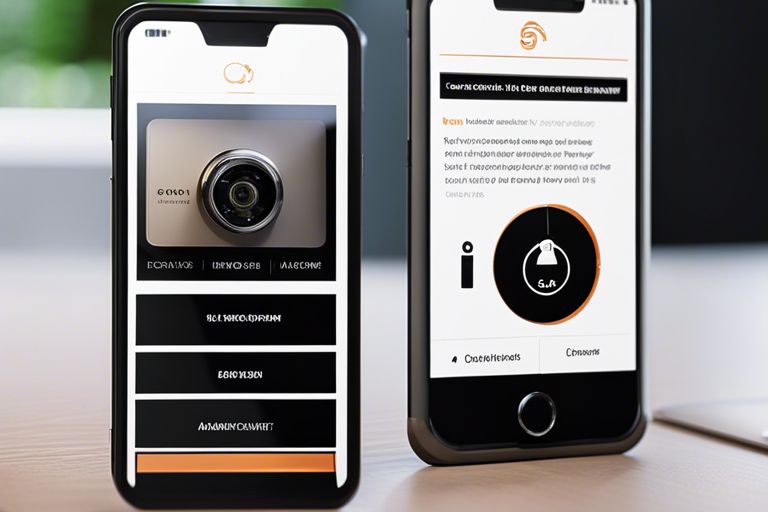In today’s digital age, ensuring the security of your network is of utmost importance. With cyber threats becoming increasingly sophisticated, it is essential to take proactive measures to protect your data and privacy. One effective tool that can help safeguard your network is a Virtual Private Network (VPN).
A VPN is a technology that creates a secure and encrypted connection between your device and the internet. It acts as a tunnel that shields your online activities from prying eyes and potential hackers. Using a VPN, you can browse the web anonymously and securely, regardless of location.
Choosing a Reliable VPN
Before diving into how to use a VPN for network security, selecting a reliable VPN service provider is crucial. Here are a few factors to consider:
- Security: Look for a VPN with robust encryption protocols like OpenVPN or IKEv2. Additionally, ensure the provider has a strict no-logs policy to protect your privacy.
- Server Locations: Check if the VPN has servers in the locations you need. Having servers in multiple countries can help bypass geo-restrictions and access regionally blocked content.
- Speed and Performance: Test the VPN’s speed and performance by reading reviews and conducting speed tests. A reliable VPN should not significantly impact your internet connection.
Setting Up and Using a VPN
Once you have chosen a VPN provider, follow these steps to set up and use a VPN for network security:
- Download and Install: Visit the VPN provider’s website and download the appropriate client for your device. Install the Software following the provided instructions.
- Sign Up and Log In: Create an account with the VPN provider and log in using your credentials.
- Select a Server: Choose a server location from the available options. Select a server in the desired location if you want to access regionally restricted content.
- Connect: Click the connect button to establish a secure VPN connection. Once connected, your internet traffic will be encrypted and routed through the VPN server.
- Verify Connection: To ensure your VPN is working correctly, visit a website showing your IP address. Your connection is secure if the displayed IP address matches the VPN server’s location.
Additional Tips for Network Security
While using a VPN is an excellent step towards network security, here are a few additional tips to enhance your online safety:
- Use Strong Passwords: Create unique and complex passwords for all your online accounts. Consider using a password manager to store and manage your passwords securely.
- Enable Two-Factor Authentication: Enable two-factor authentication (2FA) whenever possible. This adds an extra layer of security by requiring a second verification step, such as a code sent to your mobile device.
- Keep Software Updated: Regularly update your operating system, antivirus software, and other applications to protect against known vulnerabilities.
- Be Cautious of Phishing Attacks: Be wary of suspicious emails, links, and attachments. Phishing attacks can trick you into revealing sensitive information or downloading malware.
- Use Firewall Protection: Enable a firewall on your devices to block unauthorized access to your network.
By following these guidelines and using a VPN for network security, you can significantly reduce the risk of cyber threats and protect your data and privacy.






